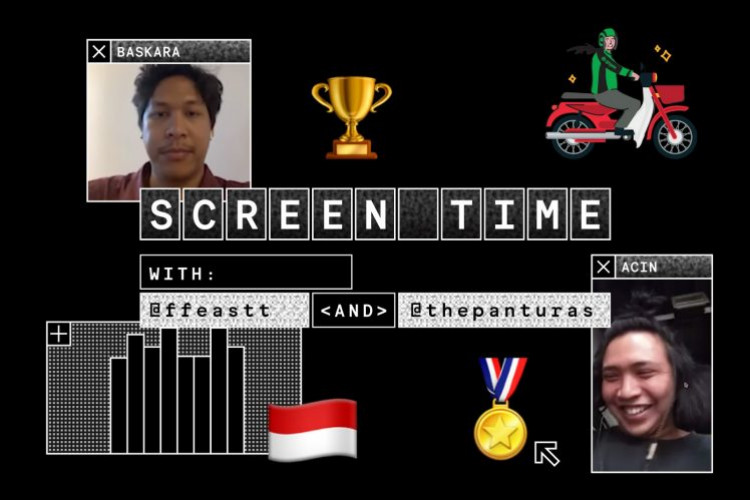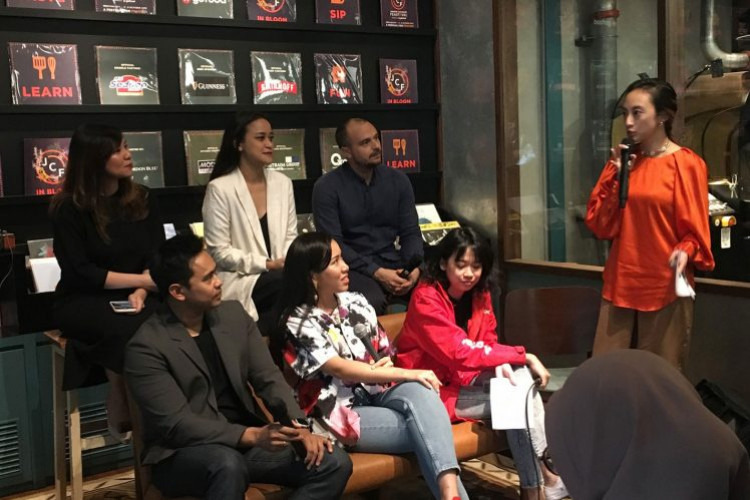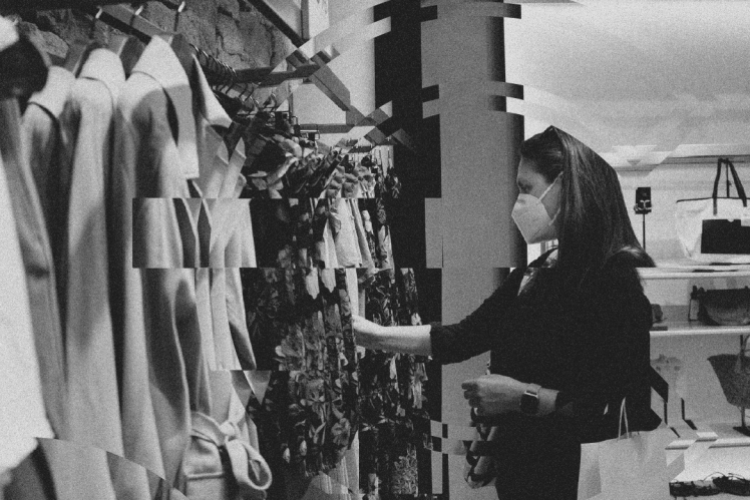
Screen Time with .Feast & The Panturas
Cerita di balik kolaborasi .Feast & The Panturas untuk theme song pesta olahraga terbesar se Asia Tenggara.
Showing 71 results for:

Cerita di balik kolaborasi .Feast & The Panturas untuk theme song pesta olahraga terbesar se Asia Tenggara.

Single kolaborasi yang ingin membangun motivasi rakyat Indonesia.

Festival ini hadirkan bahan makanan yang sedang musim di Indonesia pada tanggal 3-6 Oktober 2019.

Membicarakan makanan memang tak pernah ada habisnya. Ia bisa dikupas dari pelbagai sisi. Lewat buku yang berjudul Feast for the Eyes, Atelier dan Sonya Dyakova mencoba membahas makanan dari kekayaan sejarah fotografi. Diterbitkan oleh Aperture, Feast for the Eyes memberi pandangan bahwa fotografi makanan dapat dibentuk melalui lintas disiplin; seni fashion, jurnalisme, relasi sosial, sampai periklanan yang nantinya dapat dilihat bagaimana fotografi ini berkembang seiring berjalannya waktu. Dalam proses pembuatan buku ini, serangkaian estetika berbeda hadir pada periode waktu tertentu. Menjadi tantangan ketika berbagai pengambilan gaya digabungkan agar memudahkan pembaca mencerna isi yang ada. Di satu sisi dapat menyajikan kualitas visual yang bagus, di satu sisi dapat menjadi santapan bacaan untuk semua kalangan. Hal lain yang perlu diperhatikan adalah Feast the Eyes menggunakan perpaduan gaya kitsch dan retro sebagai inspirasi; menghasilkan keseimbangan antara baru dan lama. Memenuhi eksistensi masa kini dan mewujudkan sisi kontemporernya, membuat buku ini memancarkan kualitas secara ilustratif dan variatif. Secara garis besar, Feast for Eyes menyadarkan tentang dua hal: bagaimana makanan berpusat pada hidup kita dan kita tak segan untuk terus mendokumentasinya lebih dari yang pernah ada, sekaligus mengkritisinya tentang fenomena unggah foto makanan di media sosial; yang terkadang menegaskan esensi makanan sebagai objek visual belaka.

Film is surely no one-dimensional topic. There are so many aspects to it, but in order for us to be able to discuss it within two hours, we have to select only several parts of the field. In an attempt to spice things up a little bit, and perhaps look at film from another perspective, we are going to connect it with terms associated with food. Preparing and Cooking - In “The Persisting Vision: Reading the Language of Film,” Martin Scorcese highlights the three main elements, or “ingredients” in films: and. - Light: “Light is at the beginning of cinema, of course. It’s fundamental – because cinema is created with light, and it’s still best seen projected in dark rooms, where it’s the only source of light.” - Movement: As opposed to photographs (still images), film involves motion, but not only of the subjects within the film – there is also the movement of time. - Time: The time setting (or settings in the film) and “real” time (of the audience). Film allows us to experience several time periods at a time. - Additional “spices” (e.g. soundtracks, special effects) - And then there is the question of how to mix the ingredients and cook it well. What are the standards? Who sets the standards – the chef or the diner? - What is the significance of appetizers or complementary snacks – teasers and trailers? Presentation, Consumption and Digestion - To what extent can a film succeed without including all of the vital “ingredients? Perhaps it is possible to consider the analogy of a restaurant, with which one could also depend on the ambience/atmosphere – the “mood” – of the film rather than the plot. - “As in the case of many great films, maybe all of them, we don’t keep going back for the plot. is a matter of mood as much as it’s a matter of storytelling,” wrote Scorcese. He suggests that while a good plot might make a great impression, it is the mood that has the power to make us want to see a particular film again. But do you think it is possible for the mood to be at the center of a film? - In our interview with the Thai independent director, Apichatpong Weerasethakul, he states that for him, “Story is secondary to feelings, and when you try to explain so much you are losing the beauty and locality.” He also noted that it’s not possible to appeal to everyone in the “international audience” as it is so diverse. Like food, it is perhaps difficult to create a “universal taste” that ignores the existence of the long histories of cultures. - Do you think that the “mood” of a film can cross national borders? Can it solve the problem language barriers (despite the use of subtitles) and culturally specific gestures? Or if the mood is not enough, how about the visual presentation of the film? Do you think that aesthetics (cinematography, set and costume design, etc.) can draw more people to a particular film? - Please also keep in mind that there is also the choice of a light meal (in terms of content, or the "short film") and a heavy meal (again, in terms of content and "feature film"). The Director, The Actor, The Audience, The Critic - “We were living through the emotional truths on the screen, often in coded form, which these films from the 1940s and 1950s sometimes expressed in small things: gestures, glances, reactions between the characters, light, shadow. These were things that we normally couldn’t discuss or wouldn’t discuss or even acknowledge in our lives,” wrote Scorcese. Do you think that a certain degree of “literacy” is necessary to pick up the subtitles of the cinematic language Scorcese suggests? - Perhaps literacy is in an important tool for the audience. Appreciation can be emotional or based on instincts, but if one is able to pinpoint the exact reason as to why they appreciate something – that is, if they understand and are able to explain one’s reasons for liking a certain film – do you think that the impression will last longer? - In your opinion, what are the most important elements in the relationship between the director, the actor, the audience, and the critic? What do you think can cause conflicts among them? Tuesday, March 25, 2014 7—9 pm Kinokuniya Plaza Senayan Please look out for more #WeDiscuss updates on our Facebook page and Twitter account! If you’d like to share your opinions, or if you have friends who’d like to share theirs, sign up via e-mail with the subject title “We Discuss” at ! If you have comments or questions, tweet us @wjournal.

In this Open Column submission, Teuku Reza Fadeli explores the complex interplay between religious observance and consumerist pressures during Lebaran in Indonesia.
